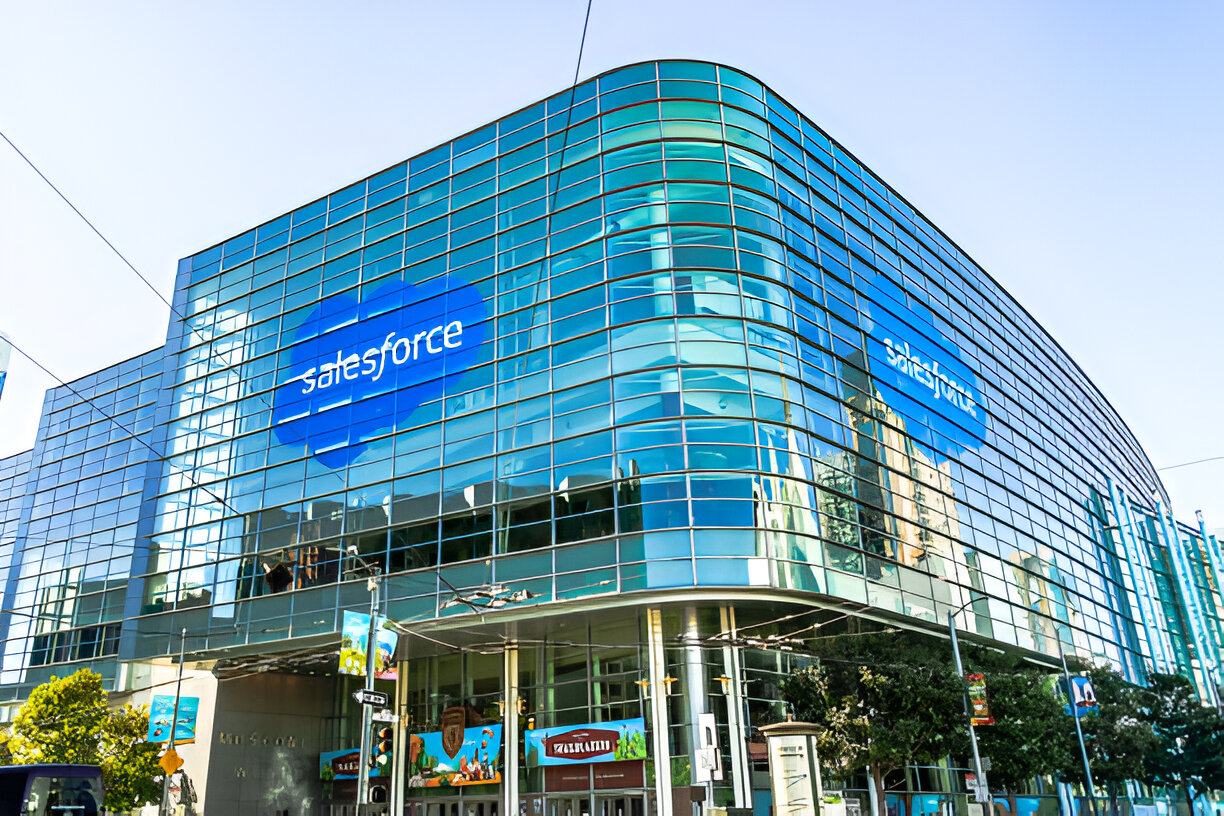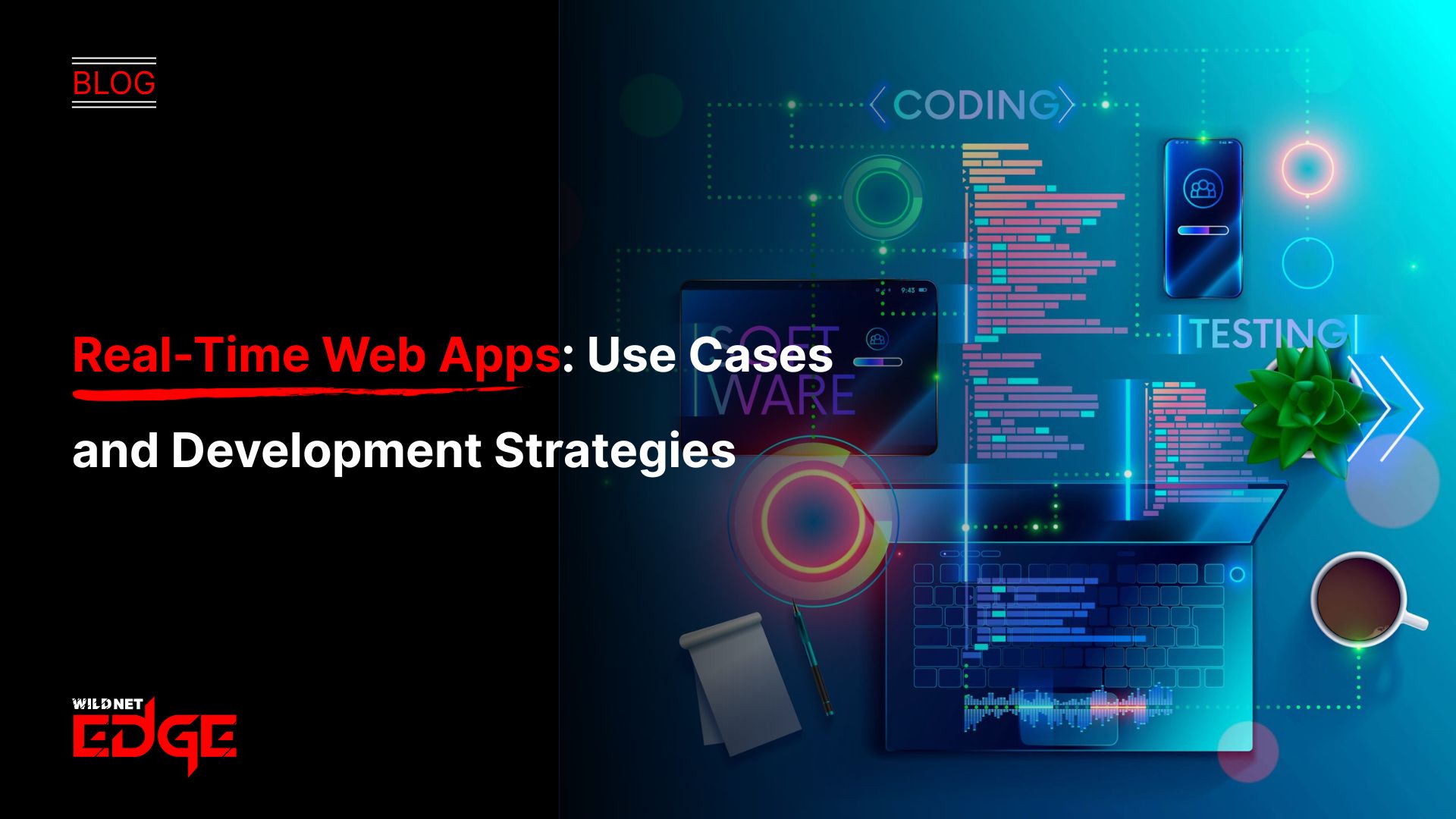Are your manual workflows slowing down your business growth? What if you could automate complex processes with minimal effort? GPT workflow automation is changing the game by enabling AI agents to handle repetitive tasks, boosting efficiency and accuracy. In this post, you’ll learn how GPT-powered automation works and why it’s essential for modern process automation.
Understanding AI Agents in Workflow Automation
AI agents are the intelligent software entities designed to perform specific tasks autonomously within a system. In the context of workflow automation, AI agents act as virtual workers capable of interpreting, executing, and optimizing tasks traditionally handled by humans.
GPT, or Generative Pre-trained Transformer, revolutionizes these AI agents by equipping them with advanced natural language understanding. This allows AI agents to comprehend complex instructions, interpret human language inputs, and interact with multiple systems more intuitively.
Definition of AI Agents within Workflow Contexts
AI agents are autonomous modules that can perceive their environment, make decisions, and execute actions without constant human intervention. In workflows, these agents take on roles such as data extraction, customer support, report generation, and decision-making — essentially serving as digital assistants who don’t require micromanagement.
How GPT Enhances AI Agents with Natural Language Understanding
Traditional automation tools often require rigid inputs or rule-based scripting. GPT-powered AI agents break this silo with their ability to understand and generate human-like language. This means:
- AI agents can interpret unstructured data like emails, messages, or voice commands.
- They generate appropriate responses or outputs without explicit programming for every possible scenario.
- They are capable of handling nuanced and context-dependent tasks, such as summarizing documents or answering queries.
Examples of Tasks AI Agents Can Automate
- Customer Service: Automating responses to common questions and managing ticket routing with conversational AI.
- Data Entry and Processing: Extracting relevant information from documents or forms and updating databases.
- Scheduling and Reminders: Coordinating meetings by understanding natural language requests.
- Content Generation: Drafting emails, reports, or social media posts based on brief inputs.
- Compliance Monitoring: Scanning communications for regulatory compliance and flagging potential issues.
By deploying these GPT-empowered AI agents, businesses unlock significant automation potential beyond simple repetitive tasks to complex processes involving analysis and language comprehension.
Implementing GPT Workflow Automation for Process Automation
Making GPT workflow automation work for your business involves a strategic approach combining clear goals, the right technology, and seamless integration.
Key Steps to Set Up GPT-Powered Workflows
- Identify Automation Goals: Start by mapping out repetitive or resource-intensive tasks prone to human error or delay. Are you looking to streamline customer interactions, speed document processing, or optimize internal communication?
- Evaluate Data Readiness: GPT models thrive on quality data inputs. Ensure your systems can securely supply relevant data streams, whether from emails, CRM systems, or chat logs.
- Select Appropriate GPT Models: Depending on your use case, choose from GPT 4.5, GPT-5 (2025 release), or fine-tuned variants tailored for industry-specific jargon and roles.
- Design the Workflow: Outline how tasks should flow between AI agents and existing software. Define triggers, actions, and fallback scenarios for agent errors.
- Test in Controlled Environments: Before full deployment, simulate workflows to monitor performance, accuracy, and user experience.
- Roll Out Incrementally: Phase the automation rollout to gather user feedback and make iterative improvements.
Tools and Platforms Supporting GPT Workflow Automation
The automation landscape in 2025 has matured with platforms seamlessly integrating GPT capabilities:
- OpenAI’s API and Azure OpenAI Service: Offering scalable access to cutting-edge GPT models with flexible integration.
- Automation Platforms like UiPath and Automation Anywhere: Now featuring native GPT connectors to embed AI language agents in traditional RPA workflows.
- Low-Code/No-Code Builders (e.g., Zapier, Make): Making GPT-powered automation accessible to non-developers for custom workflows.
- Specialized AI Agent Suites: Products like WildnetEdge’s GPT Automation Suite provide end-to-end solutions combining GPT agents with dashboarding, monitoring, and governance tools.
Integration Strategies with Existing Automation Systems
Integrating GPT AI agents with legacy and cloud systems requires thoughtful planning:
- API-First Integration: Utilizing RESTful APIs to connect GPT agents with CRMs, ERPs, and ticketing systems ensures real-time data flow.
- Event-Driven Architectures: Trigger AI agents based on events (e.g., incoming emails, completed sales calls) to create responsive, end-to-end workflows.
- Hybrid Human-AI Collaboration: Design workflows where GPT agents handle initial processing and escalate complex cases to humans.
- Security and Compliance Layers: Inject auditing and access controls around GPT interactions to avoid data leaks or misuse.
By adopting these integration strategies, businesses ensure that GPT workflow automation enhances rather than disrupts their existing process automation infrastructure.
Benefits of GPT Agents in Workflow Automation
Implementing GPT agents for workflow automation reaps significant operational and strategic benefits.
Increased Speed and Productivity
GPT agents process natural language inputs and perform complex reasoning tasks orders of magnitude faster than humans. For example, a GPT agent can sift through thousands of customer emails within seconds, categorize them, and draft appropriate responses — accelerating service delivery and freeing human teams for high-impact work.
Reduction in Human Error
Manual workflows often suffer from data entry mistakes, misinterpretations, and inconsistencies. GPT agents provide standardized interpretation and execution of tasks, reducing errors caused by fatigue, oversight, or knowledge gaps. Continuous retraining and feedback loops further minimize inaccuracies over time.
Scalability and Flexibility for Various Industries
GPT workflow automation is highly adaptable across sectors:
- Healthcare: Automating patient intake, medical transcription, and compliance reporting.
- Finance: Streamlining KYC procedures, fraud detection alerts, and personalized customer communications.
- Retail: Managing inventory updates, personalized marketing outreach, and chatbot customer service.
- Legal: Drafting contracts, summarizing case files, and monitoring regulatory changes.
This versatility means businesses can tailor GPT AI agents to evolving workflow needs without building automation from scratch repeatedly.
Overall, GPT agents unlock a new realm of intelligent process automation — turning routine workflows into dynamic, adaptive systems.
Advanced Trends and Future of GPT Workflow Automation
The field of GPT workflow automation continues to evolve rapidly with innovations improving capabilities and introducing new use paradigms.
Role of Continuous Learning AI Models
Going beyond static models, continuous learning enables GPT agents to adapt in real-time by learning from new data, user corrections, and changing environments. This capability ensures persistent improvement in task accuracy and relevance, which is critical for dynamic business workflows.
Multi-Agent Collaboration for Complex Workflows
Next-gen automation embraces ecosystems of specialized AI agents collaborating to handle complex, multi-step workflows. For instance, one GPT agent could manage customer inquiries while another handles document verification — coordinating through shared protocols to complete end-to-end processes autonomously.
Ethical Considerations and Governance in AI Automation
With greater AI integration, governance frameworks become essential to avoid bias, privacy breaches, and unethical decision-making. Best practices include:
- Transparent AI decision logs to audit GPT agent actions.
- Bias mitigation protocols in training and fine-tuning.
- User consent and data anonymization standards.
- Regular compliance reviews aligned with evolving regulations.
Ethical AI deployment ensures trust and long-term sustainability of workflow automation initiatives.
Conclusion
GPT workflow automation with AI agents is transforming process automation by making tasks smarter, faster, and more reliable. For businesses ready to scale efficiency and innovation, partnering with trusted experts like WildnetEdge can ensure smooth implementation and maximum ROI. Dive into GPT workflow automation today and let WildnetEdge guide you through your automation journey.
FAQs
Q1: What is GPT workflow automation and how do AI agents contribute?
GPT workflow automation uses AI agents powered by GPT models to automate routine tasks, enabling smarter and more efficient process execution.
Q2: How can process automation benefit from using GPT-powered AI agents?
GPT-powered AI agents enhance process automation by improving speed, accuracy, and the ability to handle complex, language-driven tasks.
Q3: What are the key steps to implement GPT workflow automation in my business?
Identify automation goals, select supporting tools, integrate GPT AI agents into workflows, and monitor performance for continuous improvement.
Q4: Are there any risks associated with GPT workflow automation?
Risks include potential bias in AI outputs and data security concerns, which can be mitigated through careful governance and ethical AI practices.
Q5: Why choose WildnetEdge for GPT workflow automation solutions?
WildnetEdge offers expert guidance, scalable solutions, and proven experience in deploying GPT-powered automation tailored to business needs.

Nitin Agarwal is a veteran in custom software development. He is fascinated by how software can turn ideas into real-world solutions. With extensive experience designing scalable and efficient systems, he focuses on creating software that delivers tangible results. Nitin enjoys exploring emerging technologies, taking on challenging projects, and mentoring teams to bring ideas to life. He believes that good software is not just about code; it’s about understanding problems and creating value for users. For him, great software combines thoughtful design, clever engineering, and a clear understanding of the problems it’s meant to solve.
 sales@wildnetedge.com
sales@wildnetedge.com +1 (212) 901 8616
+1 (212) 901 8616 +1 (437) 225-7733
+1 (437) 225-7733































